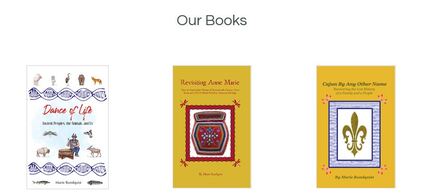|
Francis Crick Institute. (2025, January 1). "Ancient DNA unlocks new understanding of migrations in the first millennium AD: Waves of human migration across Europe during the first millennium AD have been revealed using a more precise method of analysing ancestry with ancient DNA, in research led by the Francis Crick Institute." The Francis Crick Institute News and Reports. https://www.crick.ac.uk/news-and-reports/2025-01-01_ancient-dna-unlocks-new-understanding-of-migrations-in-the-first-millennium-ad
Reference: Speidel, L., Silva, M., Booth, T. et al. High-resolution genomic history of early medieval Europe. Nature 637, 118–126 (2025). https://doi.org/10.1038/s41586-024-08275- Ptak, A. (2024, December 29). "Viking remains at medieval burial site in Poland confirmed by DNA testing: Genetic analysis of remains found at a medieval burial site in central Poland has confirmed their Scandinavian origin, marking the first evidence of Viking settlement in that particular Polish region." https://notesfrompoland.com/2024/12/29/viking-remains-at-medieval-burial-site-in-poland-confirmed-by-dna-testing/
Quotation from the article: "Exploration of coastal North America (Helluland, Markland, and Vinland) by the Norse likely resulted in initial full-circle encounters with various Indigenous North American groups across a broad “contact” frontier running from the Canadian Maritimes up to the High Arctic." Click here to read the rest! Dier, A. (2024, October 3). "'Big News' From DNA: Probable Viking, Inuit Encounters: Walruses brought to Europe by the Norse traced to Baffin Bay, home of the Thule Inuit." Newser. https://www.newser.com/story/357258/big-news-from-dna-probable-viking-inuit-encounters.html
Open Access Source Emily J. Ruiz-Puerta et al. ,Greenland Norse walrus exploitation deep into the Arctic.Sci. Adv.10,eadq4127(2024).DOI:10.1126/sciadv.adq4127 Findings from a 2024 Open Access research paper with mention of A, A2, C1, C1c and D4 mitochondrial DNA haplogroups show how old and inter-related Amerindian peoples are here in the Americas -- and that modern populations share the same DNA with ancient ancestors.
"Radiocarbon dating (14C) demonstrated that the inhabitants of Puyil Cave lived during the Archaic and Classic Periods and displayed tabular oblique and tabular mimetic ACD. These pre-Hispanic remains exhibited five mtDNA lineages: A, A2, C1, C1c and D4. Network analysis revealed a close genetic affinity between pre-Hispanic Puyil Cave inhabitants and contemporary Maya subpopulations from Mexico and Guatemala, as well as individuals from Bolivia, Brazil, the Dominican Republic, and China." Source: Navarro-Romero MT, Muñoz ML, Krause-Kyora B, Cervini-Silva J, Alcalá-Castañeda E, David RE. Bioanthropological analysis of human remains from the archaic and classic period discovered in Puyil cave, Mexico. Am J Biol Anthropol. 2024 Jun;184(2):e24903. doi: 10.1002/ajpa.24903. Epub 2024 Feb 2. PMID: 38308451. Open Access Report is located here (free to read and share): https://onlinelibrary.wiley.com/doi/10.1002/ajpa.24903 |
Archives
June 2025
Categories
All
|
DNA-Genealogy-History.com Site Index:
Copyright 2025 Marie Rundquist., DNA Genealogy History, LLC
DNA Genealogy History, LLC is a registered S Corporation with the State of Virginia and the Federal Government since 2017, is a retailer and distributor of books and digital publications, and is certified, authorized and empowered to collect Sales and Use Tax for the Commonwealth of Virginia.
E-Mail Your Comments to [email protected]
This website is not intended for users located within the European Economic Area.
DNA Genealogy History, LLC is a registered S Corporation with the State of Virginia and the Federal Government since 2017, is a retailer and distributor of books and digital publications, and is certified, authorized and empowered to collect Sales and Use Tax for the Commonwealth of Virginia.
E-Mail Your Comments to [email protected]
This website is not intended for users located within the European Economic Area.
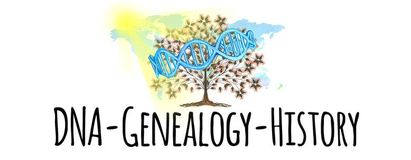
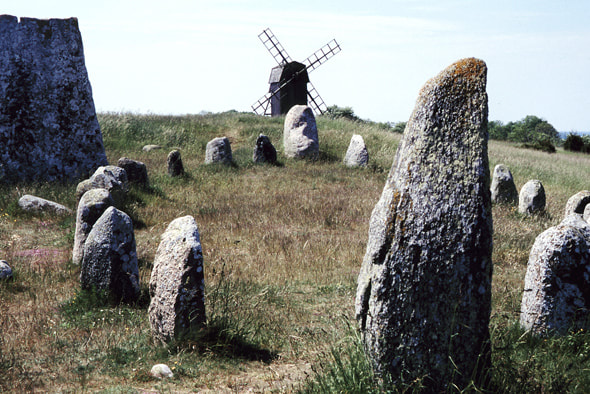
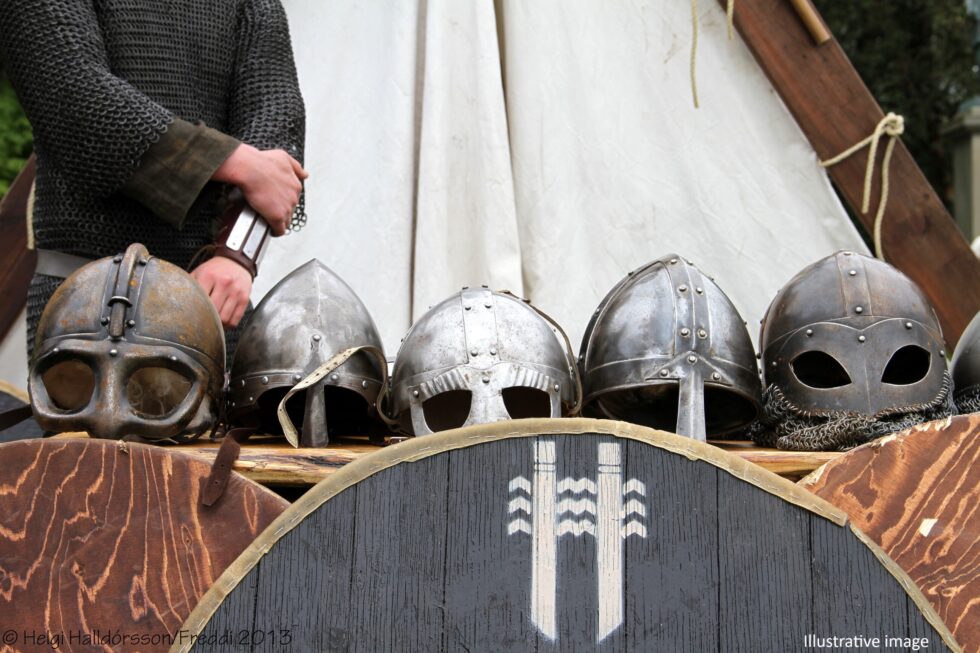
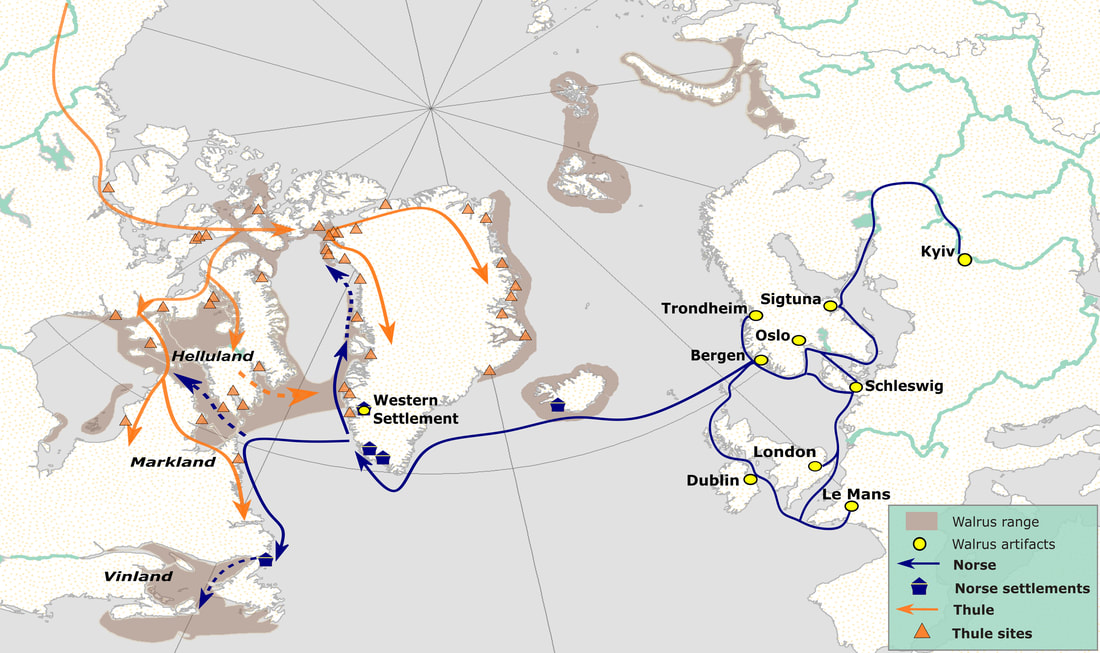

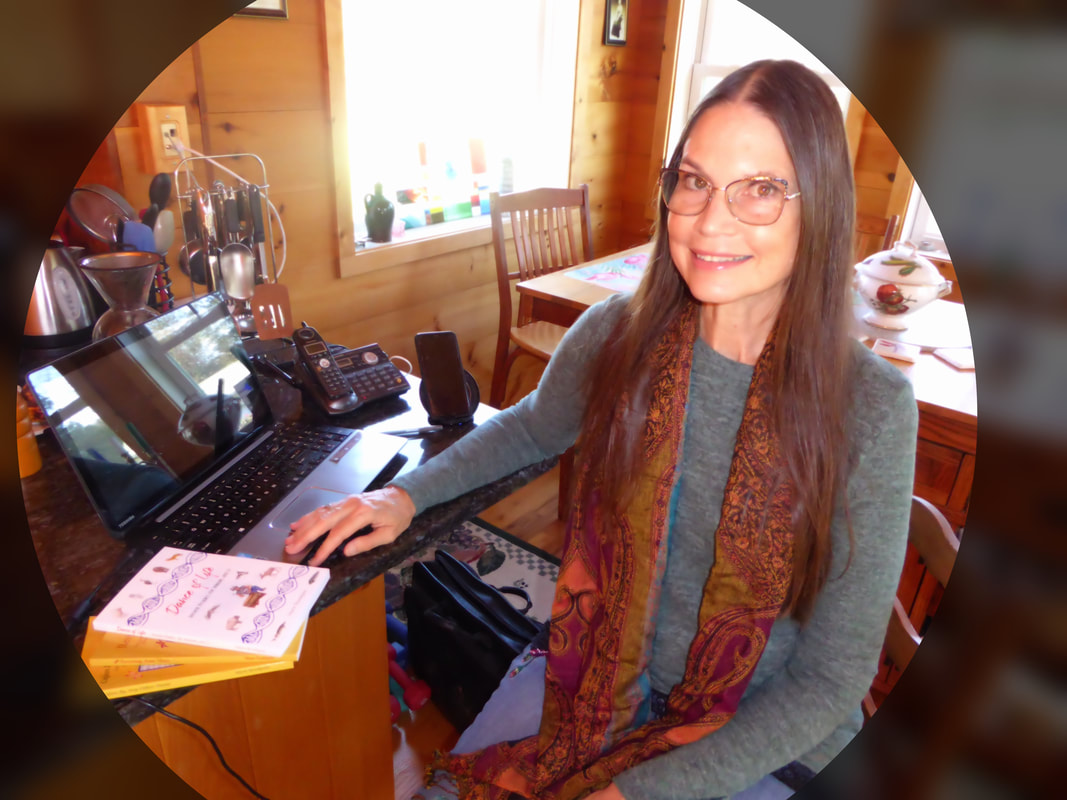
 RSS Feed
RSS Feed
